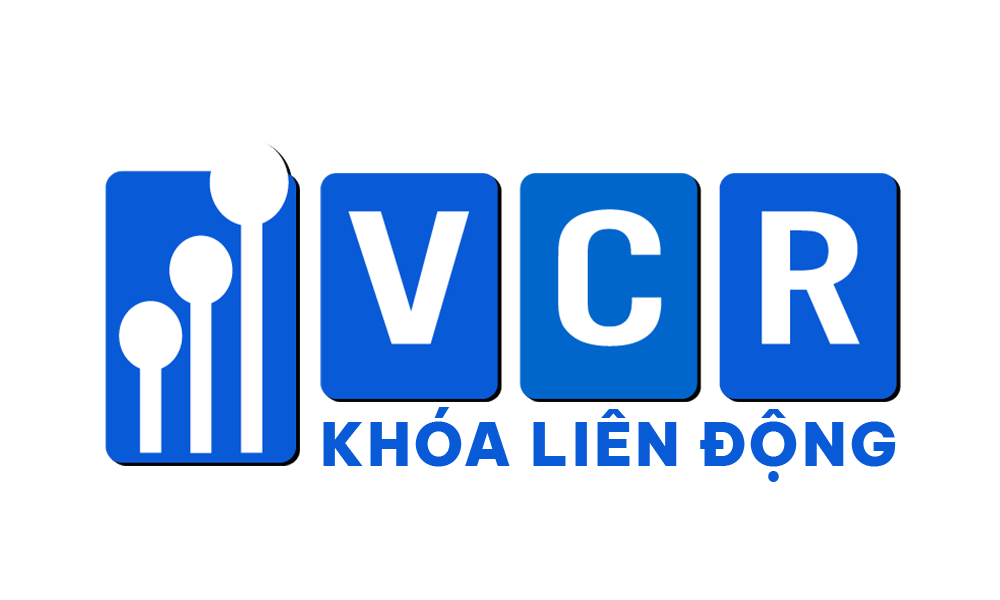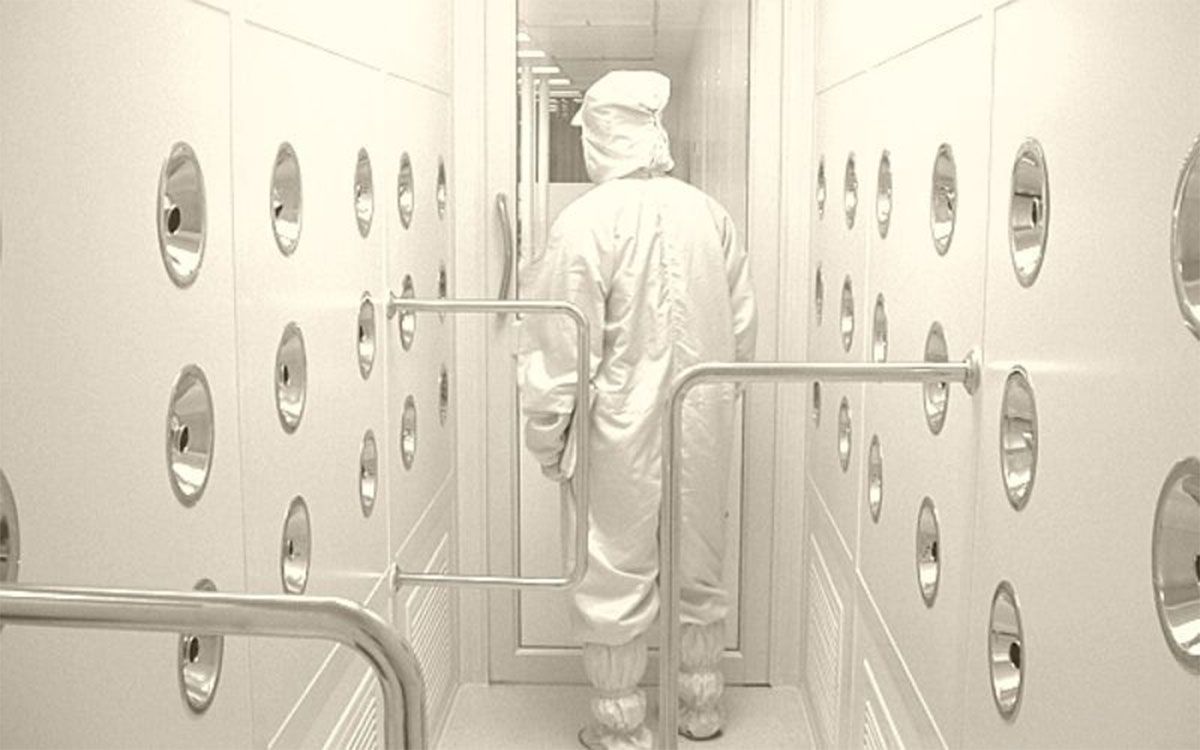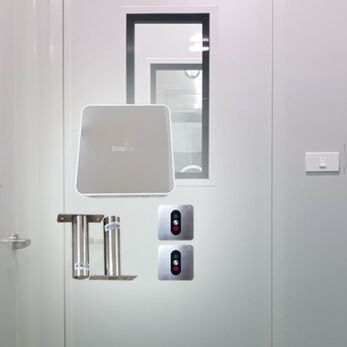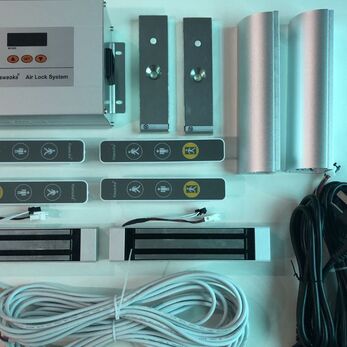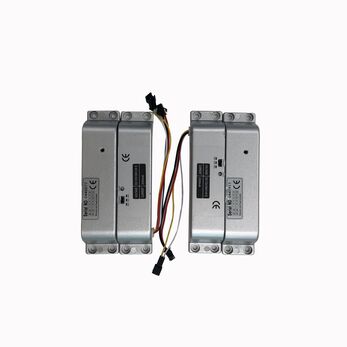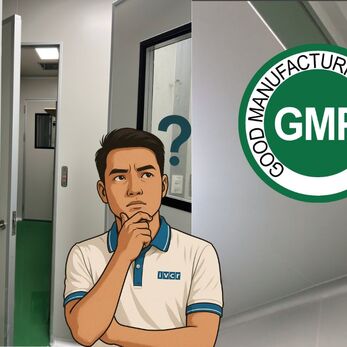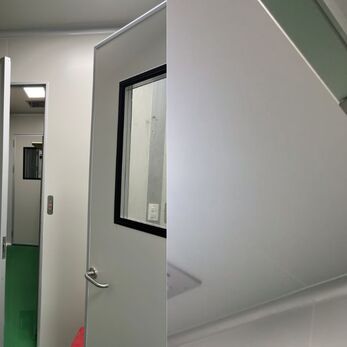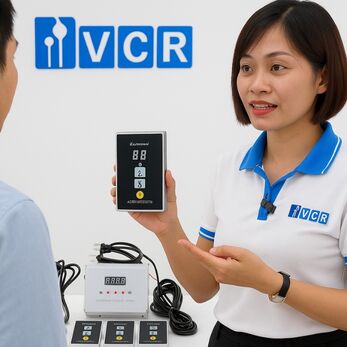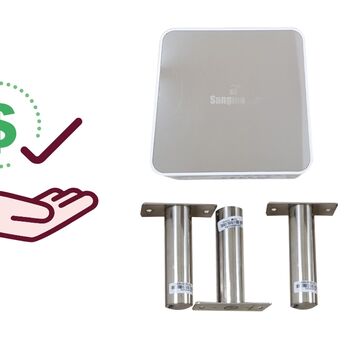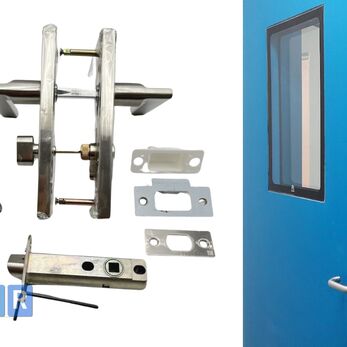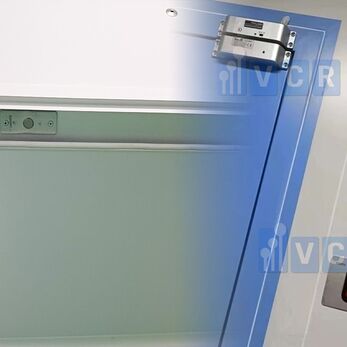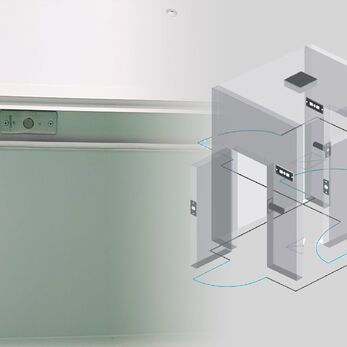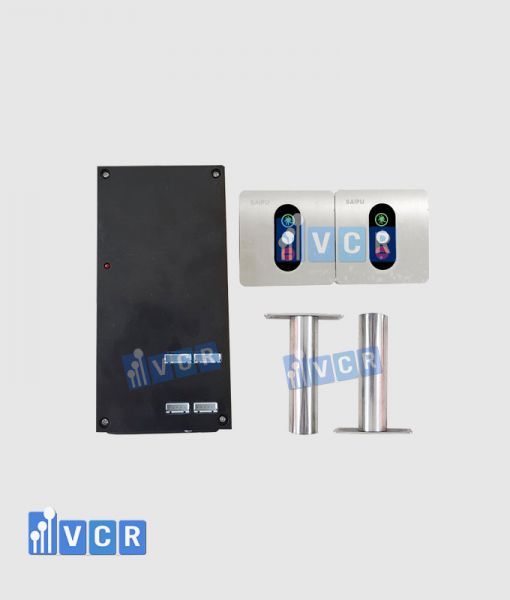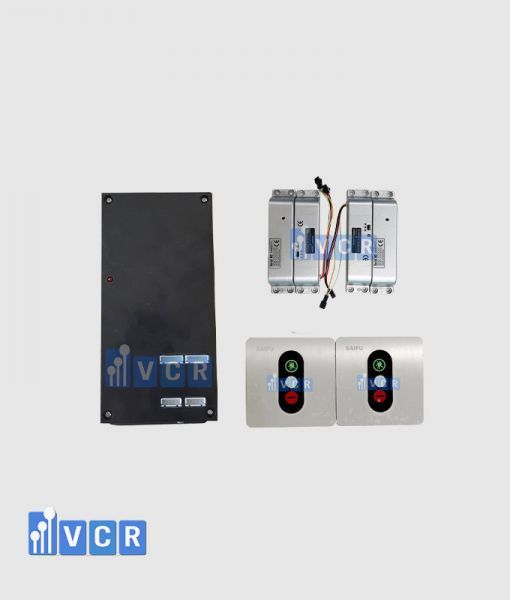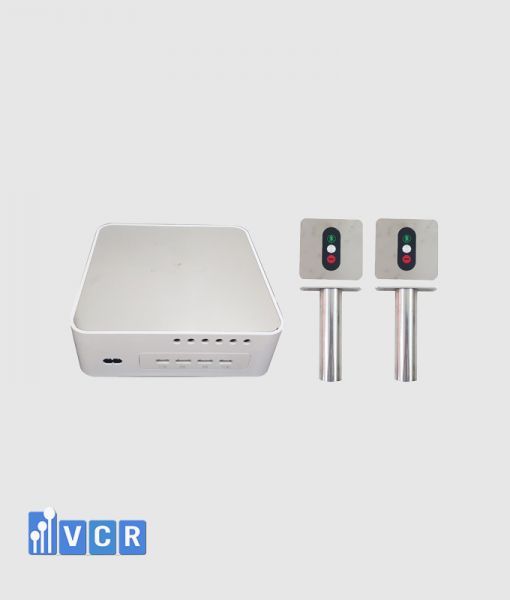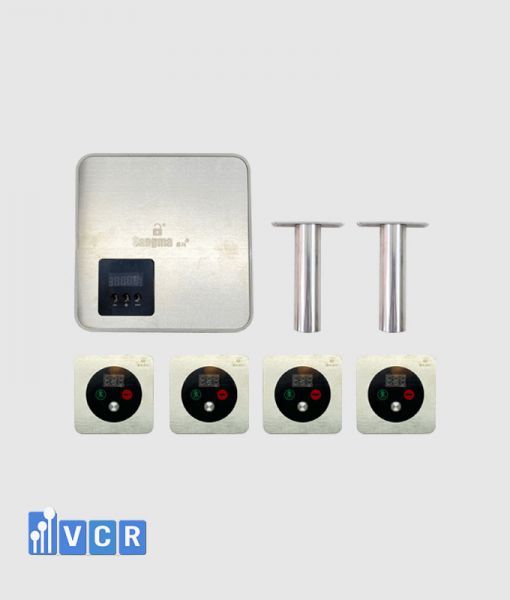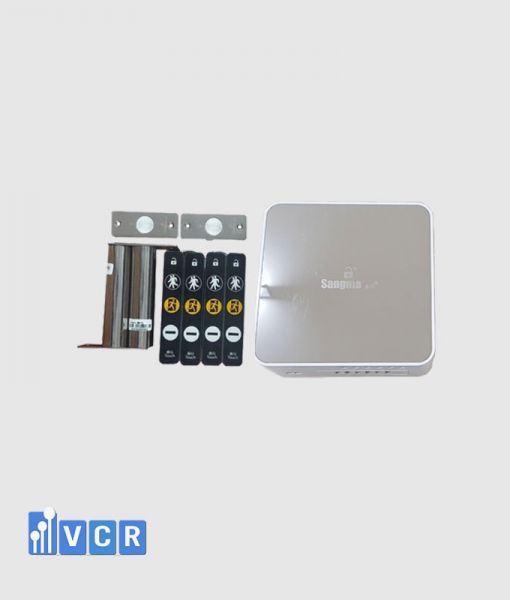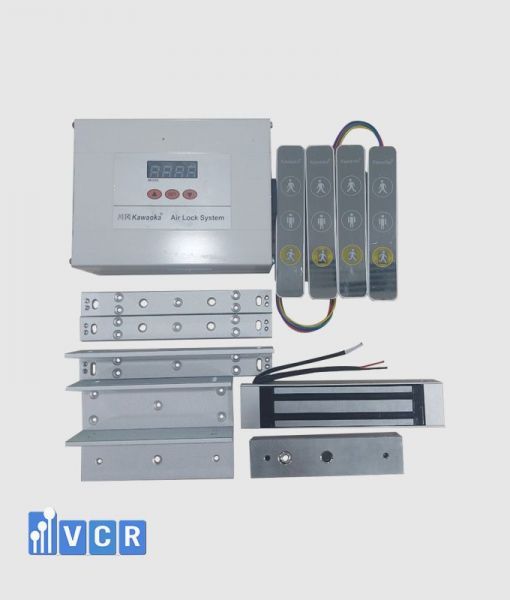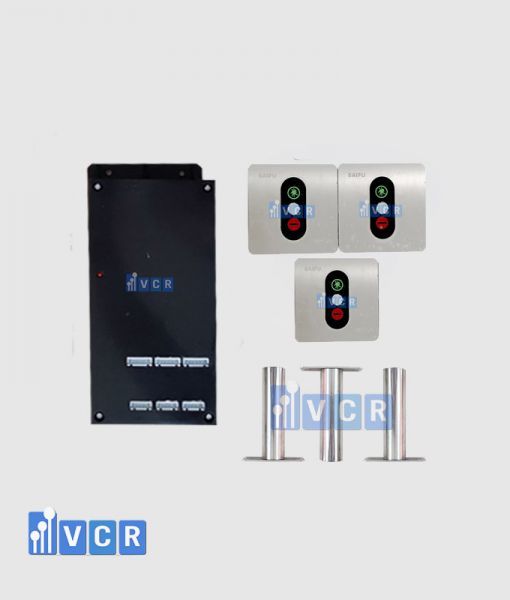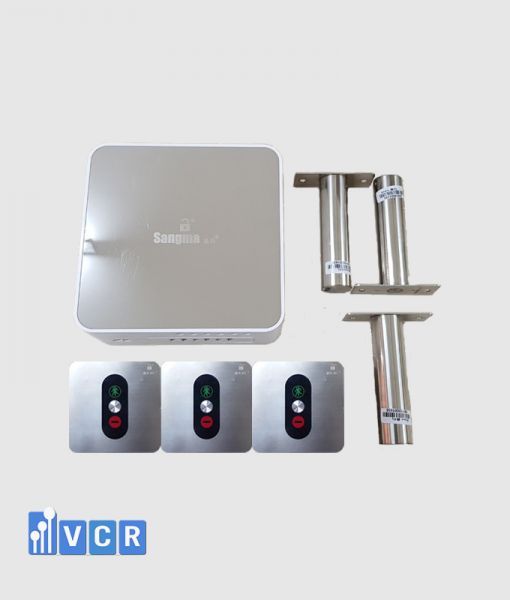One aspect of access control that is little talked of is airlocks. The principle is generally well understood. In its simplest form, the airlock is composed of two doors that are electrically interlocked in such a way that the two cannot be opened
One aspect of access control that is often overlooked is the use of airlocks. The concept is generally well understood. In its simplest form, an airlock consists of two doors that are electronically interlocked in such a way that both cannot be opened simultaneously. Airlocks are employed in various scenarios, primarily to regulate the unwanted transfer from one area to another.
Airlocks can be utilized to manage the entry of personnel into a secure environment such as a cleanroom, where the presence of dust or small particles may pose a problem. Similarly, in situations where maintaining a constant temperature is crucial, an airlock can prove invaluable in minimizing temperature fluctuations caused by door openings.
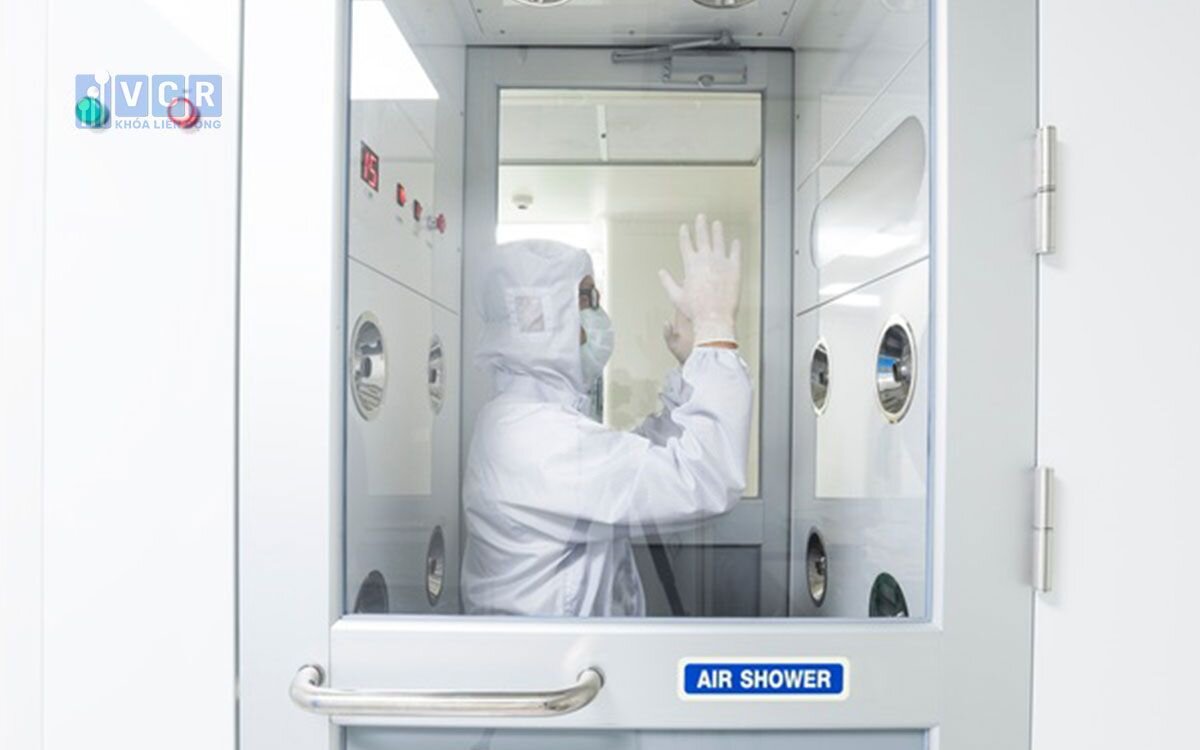
See more: What is Cleanroom Interlock
Historically, installation engineers have relied on assembling a few relays to create rudimentary methods of controlling two doors. These systems are only suitable for basic applications and cannot accommodate modern technology, such as electronic door operators. They cannot also provide users with feedback on the status of the interlock. However, extending this approach to interlock three or more doors becomes significantly more complex, especially when incorporating features such as alarms for prolonged door openings, breach detection, and lock dwell times.
Sangma has developed expertise in designing and manufacturing door interlock controllers for various applications. Their approach involves using microcontrollers where the software handles all functions.
Airlocks can be classified as supervised, unsupervised, secure, or non-secure. In secure and airlocks, the doors remain locked and secure. Typically, there is some form of request-to-enter device, such as a push-button for supervised airlocks, where a viewing panel or CCTV verification system is employed. An unsupervised airlock may utilize a keypad or biometric reader as the request-to-enter device to maintain security. This type of interlock controller would be suitable, for instance, in situations where only designated personnel are allowed access. Hybrid systems can offer both secure and supervised operation, particularly in scenarios where security is of utmost importance.

In a non-secure airlock, all doors remain unlocked. When one door is opened, the other doors are then locked to maintain the integrity of the airlock. This type of interlock is commonly used in cleanroom environments.
An integral component of any airlock system is the door-locking device. The choice of device will depend on the type of doors and the desired level of security. Electric door strikes are available at varying price points, but, as with most things, quality often correlates with price. Other options include mag-locks and shear locks.
Some interlocks may require the use of electric door operators, roller shutters, or even security bollards and gates. Hoyles' interlocking software is designed to accommodate all these possibilities. Controllers can be used to indicate the status of the doors, ensuring that users of the airlock are always aware of its condition, facilitating their smooth operation of the system.
Status monitoring
Accurate monitoring of door status is crucial, and there is equipment available that can effectively utilize various door sensors. This equipment accommodates conventional magnetic door contacts as well as monitored electronic locks. For instance, Hoyles interlock controllers feature breach alarms, alerts for doors left open too long, adjustable lock dwell times, and door status indication capabilities. Some interlocks also incorporate power supplies for locking devices and inputs for fire alarms to automatically release doors in case of a fire. The company also offers biometric readers for request-to-enter devices.
A recent innovation introduced by the company is a shared facility interlock controller. This offers a cost-effective solution for allowing shared access to a single facility, such as a bathroom or toilet, from two different areas. Primarily intended for residential homes and hospitals, this system enables significant savings on space and the cost of providing en-suite bathroom facilities for each user.
The controller, along with its peripheral equipment, ensures that security remains intact, privacy is preserved, and the shared facility is promptly available for use by either user after use. Transitioning from one area to the other is restricted, with users only able to return to the area they came from. The comprehensive features include assistance calls, anti-hogging alerts, and alerts for running water and consumables.
Interlock controllers have become standard equipment in various sectors, and companies like Hoyles are equipped to address even the most challenging issues related to airlocks and access control.
Read more about Cleanroom Door Interlock articles here
Source: Cleanroom Technology


